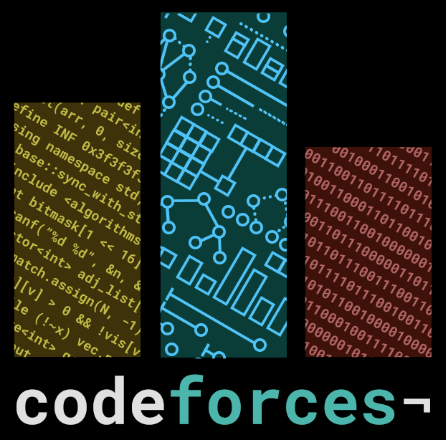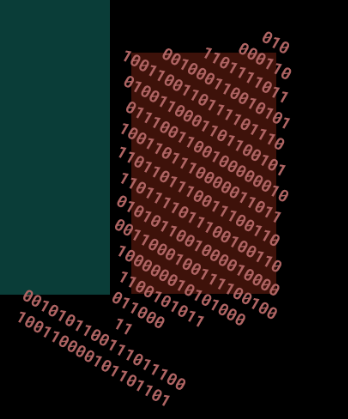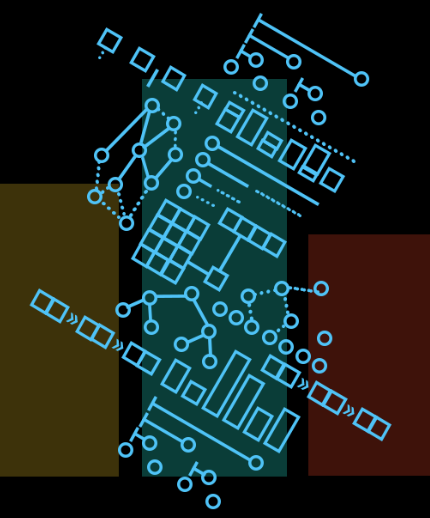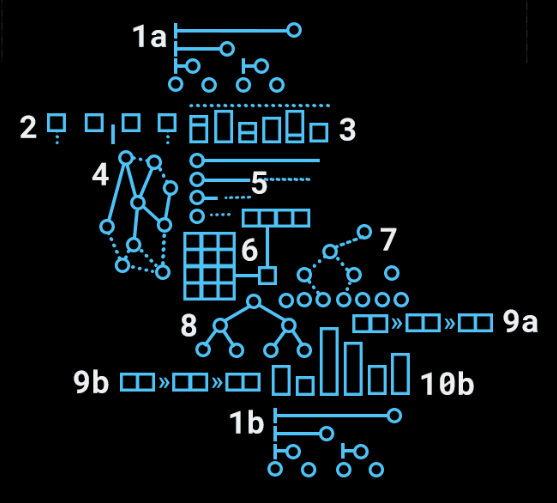Now that the Philippine IOI team has been selected and this year's competition cycle is ending, I'd like to post a series detailing my participation in our national olympiad's organizing team this year. (I'm also doing this because my contribution is dropping! That's why it's a series, so I get even more contribution. I will do anything for imaginary internet points.)
This year, I helped write, make data for, and test problems for our national olympiad. I hope that you'll learn something about problemsetting or testing from this series. And if not, then I hope to introduce you to our olympiad's excellent problems. And if you don't find our problems interesting, then this post isn't for you and I'm sorry for wasting your time.
In this first part, I'll talk introduce our olympiad, the NOI.PH, and how I contributed to our elimination round. Here's a picture I made for the elimination round that will maybe convince you to read more:
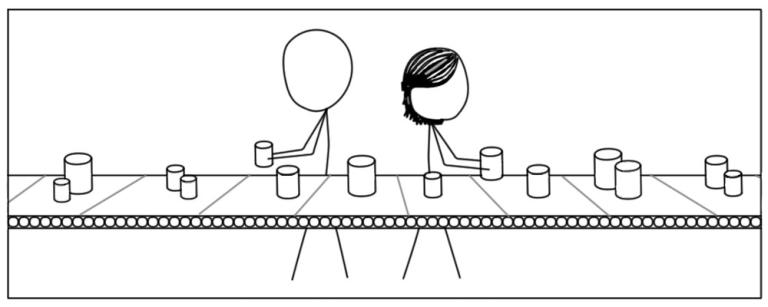
Note that this is a somewhat long post; I expect it to take around twenty minutes to read. There are also a lot of pictures in this post.








